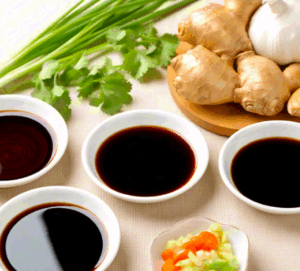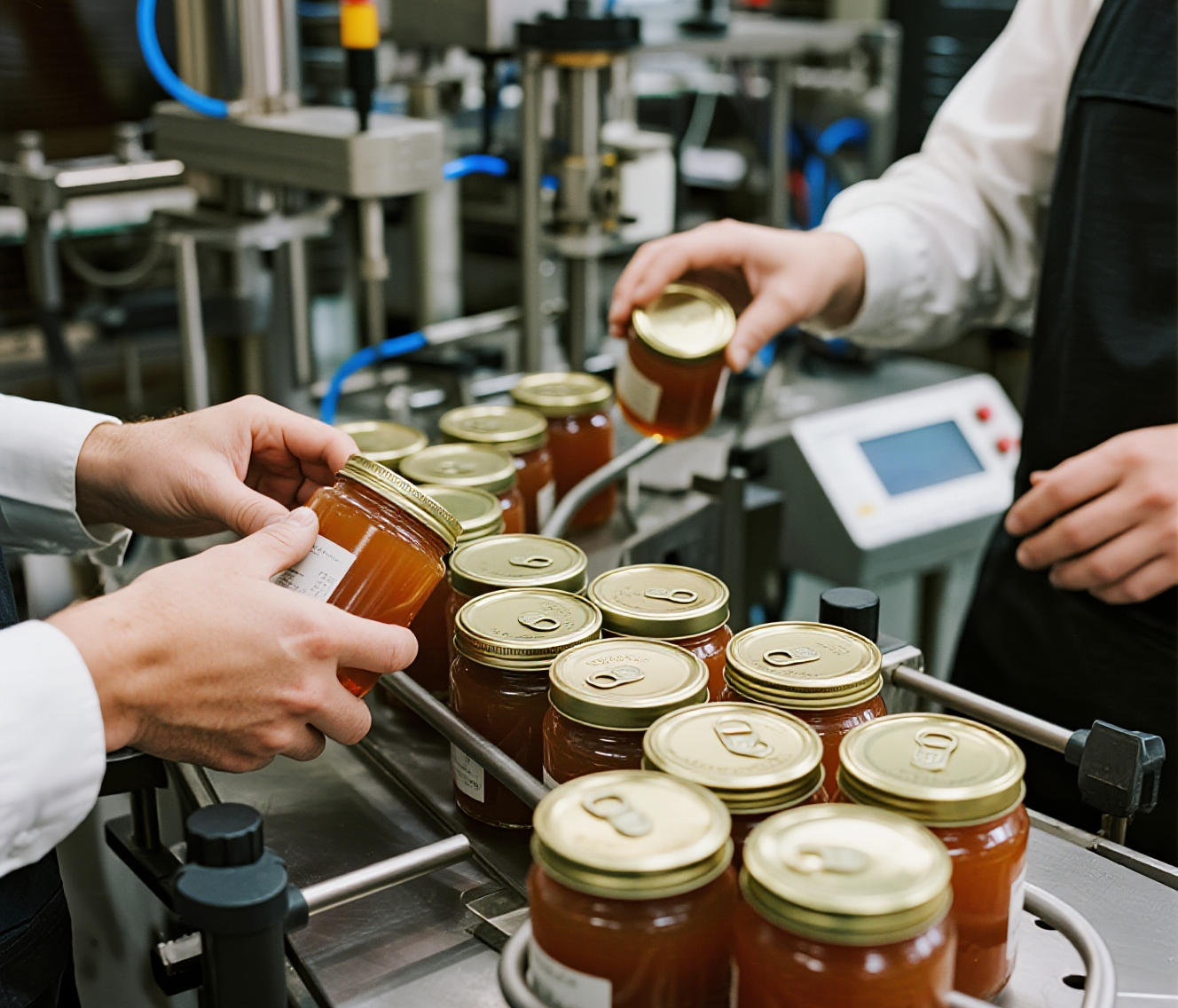目录
Soy sauce is more than just a seasoning in Chinese households—it’s a core component of daily cooking and cultural identity. While hundreds of brands crowd supermarket shelves, only a few consistently stand out as the most popular soy sauce in China. So, what sets these brands apart? This article unpacks the key elements that contribute to a soy sauce brand’s popularity among Chinese consumers, backed by measurable data and comparative analysis.
Product Quality: The Foundation of Popularity
Fermentation Process Matters
Top-ranking soy sauces in China often rely on natural fermentation, which can take anywhere from 3 to 6 months, depending on climate and method. Natural brewing develops richer umami, better aroma, and a deeper color compared to chemically hydrolyzed soy sauces, which are faster but inferior in flavor.
| Brand | Fermentation Type | Average Fermentation Time |
| Haitian | Natural | ~4–6 months |
| Lee Kum Kee | Mixed (Natural + Chem) | ~3–4 months |
| Haday | Natural | ~4 months |
Consumers are increasingly reading labels and opting for slow-brewed products. This transparency directly impacts a brand’s trustworthiness and preference rankings.
Ingredient Purity
The most popular soy sauce in China often features a clean label:
- Non-GMO soybeans
- No artificial coloring
- No MSG or preservatives
This aligns with growing consumer demand for healthier condiments. A 2023 survey by JD.com showed that 62% of Chinese consumers now prioritize ingredient purity when purchasing soy sauce.
Brand Recognition and Consumer Trust
Market Leaders by Sales
Data from China’s retail research platform iiMedia Research shows the following market share breakdown (2023):
| Brand | Market Share (%) |
| Haitian | 44.8% |
| Lee Kum Kee | 15.3% |
| Haday | 10.2% |
| Others | 29.7% |
Clearly, Haitian dominates as the most popular soy sauce in China, supported by national distribution, strong advertising, and consistent product quality.
National Presence vs Regional Loyalty
While some brands like Haitian are trusted nationwide, others thrive in specific regions:
- Qianhe: Preferred in Sichuan due to its stronger umami and saltiness.
- Lijinji: Gains traction in Guangdong for sweeter, milder profiles.
Chinese consumers often stay loyal to flavor profiles they grew up with. Hence, a brand’s popularity may vary based on regional taste preferences, which is why top players often diversify their product lines.
Flavor Profile and Usage Versatility
Taste Preferences
Chinese cuisine commonly uses two main varieties of soy sauce:
- Light soy sauce (生抽): saltier, used for seasoning
- Dark soy sauce (老抽): thicker, used for coloring and braising
The most popular soy sauce in China usually offers both versions, balancing between:
- Salt content: ~5.5% to 7.0%
- Nitrogen content(protein indicator): Higher levels reflect richer umami
| Brand | Salt (%) | Total Nitrogen (g/100ml) | Popular Type |
| Haitian Light | 6.8% | 1.1 | All-purpose |
| Lee Kum Kee | 7.2% | 1.0 | Stir-fry |
| Qianhe | 6.5% | 1.2 | Spicy cuisine |
The balance between salinity and umami affects a sauce’s flexibility in various dishes, which in turn boosts its popularity among home cooks and chefs alike.
Pricing, Packaging, and Online Visibility
Competitive Pricing
While premium options exist, the most popular soy sauce in China generally falls in a mid-range price bracket:
- ¥10–¥18 per 500mlbottle
Brands like Haitian and Haday maintain popularity not by being the cheapest, but by offering consistent value for price. Bulk options in 1.8L containers are particularly common in households and restaurants.
Packaging Innovation
- Squeeze bottlesfor convenience
- Tamper-proof caps
- QR codes for traceability
These packaging updates address hygiene, ease of use, and food safety—critical factors in building consumer confidence.
E-Commerce and Social Media Presence
Top soy sauce brands have leveraged platforms like Douyin (TikTok) and Tmall to:
- Host live cooking demos
- Partner with influencers
- Showcase health claims and production processes
This visibility directly impacts a product’s online search rankings and digital shelf dominance. A keyword like “most popular soy sauce in China” on Baidu or Taobao often returns Haitian and Lee Kum Kee as top results, reinforcing their perceived credibility.
Awards and Industry Certifications
The most popular soy sauce in China often carries:
- ISO 22000 and HACCP certifications
- National Green Food labels
- Flavor evaluation awards, e.g., from China Condiment Association
These certifications not only validate quality but also offer a competitive edge in consumer perception.
Conclusion: What Truly Makes a Soy Sauce Brand Popular in China?
To sum up, five core factors determine why a brand becomes the most popular soy sauce in China:
- Fermentation technique and flavor consistency
- Clean ingredients and health positioning
- Nationwide availability with regional variants
- Strong digital presence and consumer trust
- Affordability with perceived value
Popularity is no longer just about being widely available—it’s about meeting modern expectations without compromising traditional taste. Brands that balance heritage, health, and innovation will continue to lead China’s competitive soy sauce market.
0











